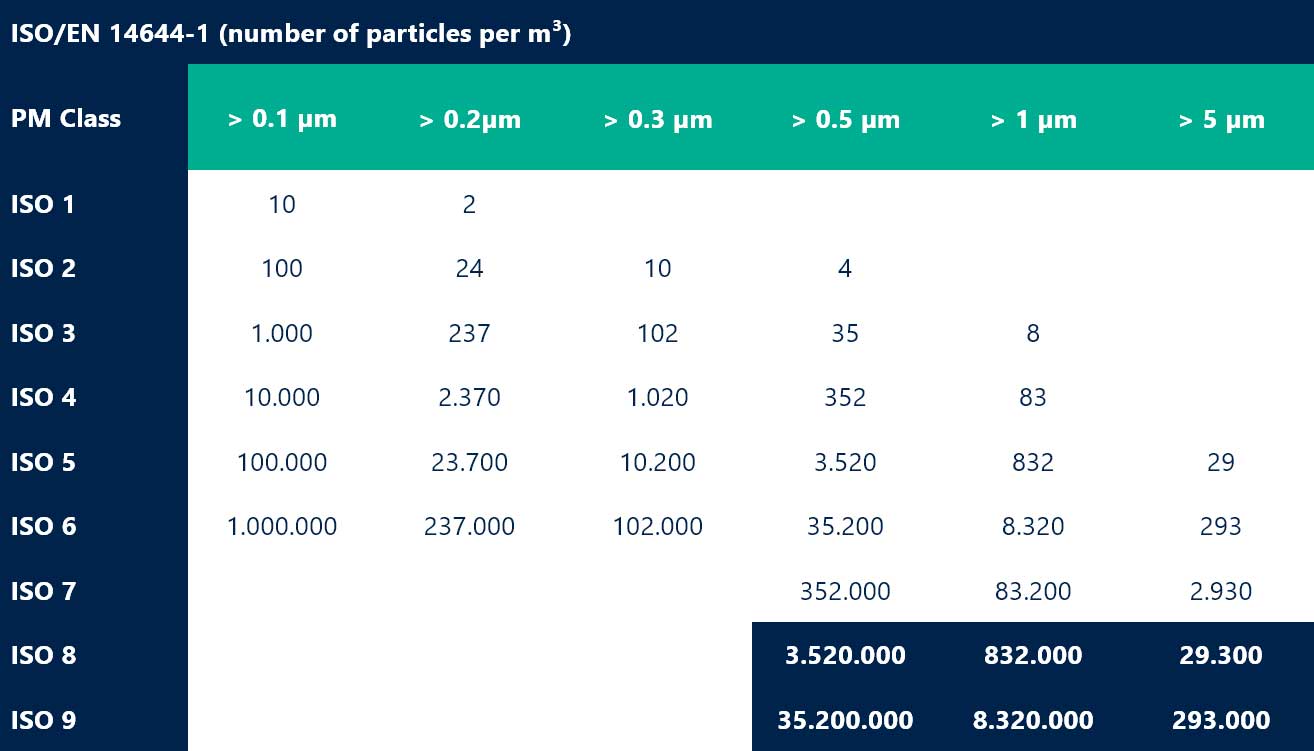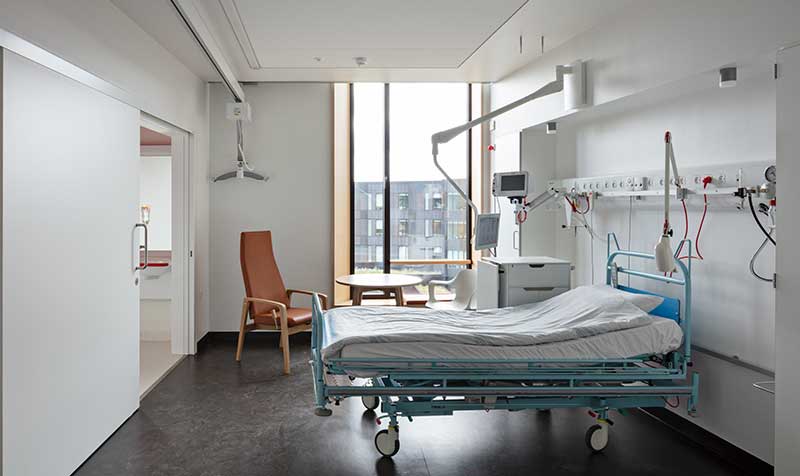CASE
Herlev hospital
A full-scale Airzens installation at Herlev Hospital, a major healthcare facility in the Copenhagen area, has been in operation for the past twelve months, providing essential data on how air quality in hospitals can be improved through more effective ventilation, real-time measurements, and advanced filtration.
Herlev Hospital is situated in a densely populated area with relatively high pollution levels by Copenhagen standards. The primary objective of the study was to assess whether replacing disposable filters with electronic filtration could enhance indoor air quality while simultaneously reducing energy consumption and waste.
EPBD compliance
As the Energy Performance of Buildings Directive (EPBD) pushes hospitals toward more energy-efficient ventilation, maintaining strict indoor air quality (IAQ) standards remains critical for patient safety. Hospitals must continuously monitor key air quality parameters such as, PM2.5, PN 0.3 to ensure compliance.
Demand-controlled ventilation (DCV) is becoming increasingly important, enabling intelligent systems to adjust airflow based on occupancy and pollution levels. While EPBD promotes energy efficiency, hospitals must carefully balance this with infection control, ensuring adequate air exchange without compromising safety. The future of hospital ventilation will depend on sensor-based, adaptive systems that optimize energy use while maintaining high IAQ.
Multisens thresholds
Since installation, the Multisens system has been integrated into both the Airzens HVAC unit and an adjacent unit equipped with disposable F7 filters. Air quality data has been continuously recorded since deployment to enable accurate comparison.
Both units have been measured against the ISO 8 standard, a benchmark commonly used in hospitals and considered the minimum required clean air threshold immediately after filtration.


Comparative filtration efficiency:
Since installation, both filtration methods have demonstrated consistent performance, with little to no reduction in filtration efficiency. The electronic filter (ESP) has operated without requiring cleaning, while the disposable filter has only needed one replacement during the test period.
Data confirms that the ESP filter outperforms the disposable filter in removing fine particles below 2.5 µm. Additionally, throughout the past twelve months, the ESP has continuously maintained air quality within ISO 8 thresholds, ensuring safe and compliant air filtration for the hospital environment.
The ESP filter admits 35% fewer fine particles into the hospital environment compared to the disposable filter, based on 12 months of continuous operation. In an urban environment, 60% to 80% of the total particle mass falls within this fine particle range, highlighting the critical importance of efficient filtration in maintaining clean indoor air quality in hospitals.
This is particularly important because PM₂.₅ (particles smaller than 2.5 µm) pose the greatest health risks in hospital environments. Ensuring effective PM₂.₅ filtration is crucial for preventing airborne disease transmission, improving patient outcomes, and maintaining a safe, sterile hospital environment.
Implementations:
Airzens is currently implementing the Multi-Sense and electronic filtration system across hospitals, with a special focus on high-pollution areas where PM₂.₅ is most prevalent. These areas require rigorous air quality management and comprehensive documentation to ensure optimal conditions for patient safety.
The ISO standard is being adopted as the default Multisens threshold parameter, ensuring compliance with recognized air quality benchmarks for hospital environments.
In parallel, a task force has been established to document the energy and waste reduction potential across the European hospital sector by eliminating waste from disposable filters.
Fotograf: Laura Stamer


